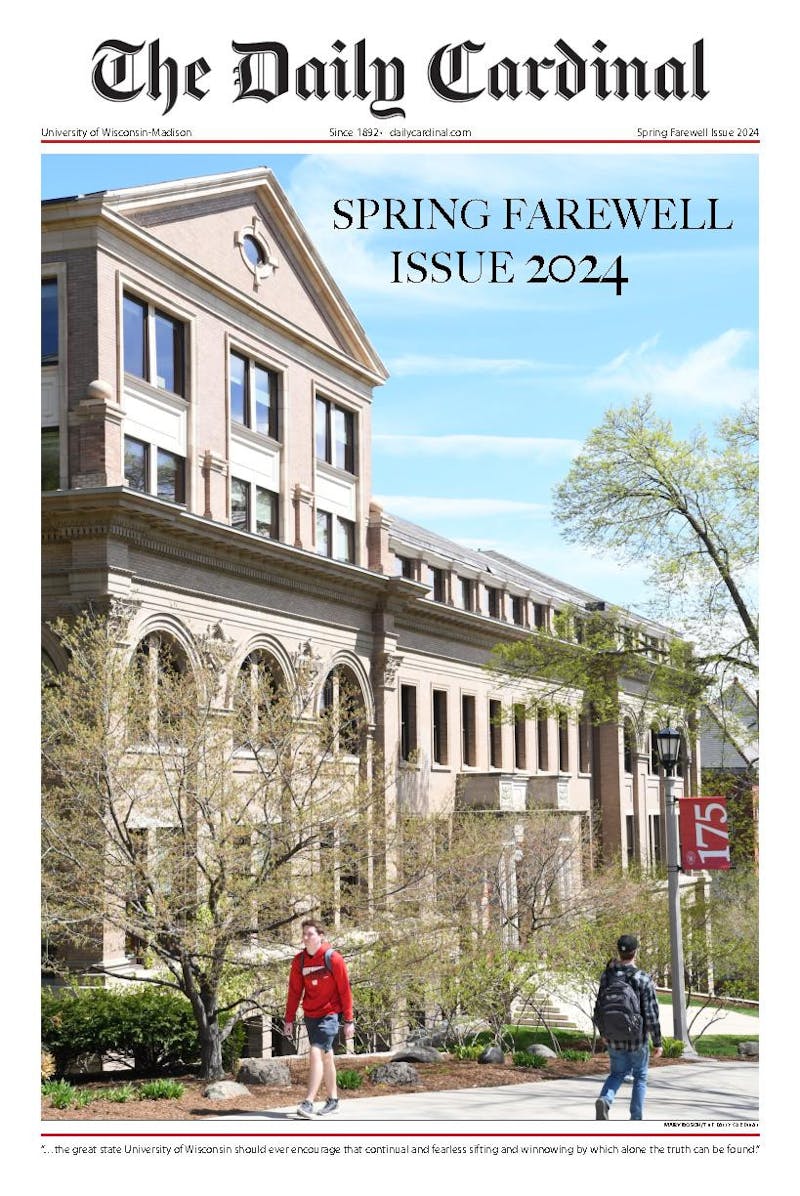In a world where kids have 64 Crayola crayons in the box and Home Depot offers 3,000 shades of paint, it is easy to overlook the difficulty in producing such a wide array of hues. Tracing the science behind color development can help us understand the growth and maturity of art history, said scientist and art aficionado Philip Ball Tuesday.
Ball, who holds a Ph.D. in physics, is a celebrated science writer who focuses on the convergence of art and science. In a lecture titled, \Bright Earth: A Look at the Use of Color in Western Art Through the Eyes of a Scientist,"" Ball said art and science overlap more than one might think.
""Pigments used in art used to come from the earth, but later colors had to be chemically created,"" he said. ""A lot of the new pigments probably arose as a side product of a whole different technology.""
For example, a physician in the 1800s kept trying to create quinine, believed to be a cure for malaria. Instead his reactions yielded a purple substance that the researcher recognized could be used for dye.
Cave paintings and other prehistoric art relied on only four colors: black, white, red and yellow. The Egyptians later created a brilliant blue shade by melting sand with chalk and grinding up the residue.
Because blue pigment was expensive, early artists reserved it for special causes. In the 8th and 9th centuries, artists depicted saints in blue, implying that these characters were important enough to warrant the use of expensive paints.
By the Renaissance, artists had begun mixing paints with oils, which made the paint dry slowly enough that the colors could be mixed. Ball called this another step in art evolution, instigated by the physics and chemistry of the artists' materials.
Pupa de Stasio, a UW-Madison physics professor, called Ball's lecture ""fantastic"" for bringing a scientific eye to the world of art.
""Artists don't listen to reason and physicists don't listen to their eye,"" she said, noting that physicists trust their instruments instead.
""It's so rare, so great, to see someone bring art and science together.""
That was the whole purpose of the lecture, said Susanne Wofford, director of The Center for the Humanities.
""People here get too focused on only their fields. That's the strength and danger of a research university,"" she said. ""Lectures like this help us develop a larger and more broad intellectual community.""





